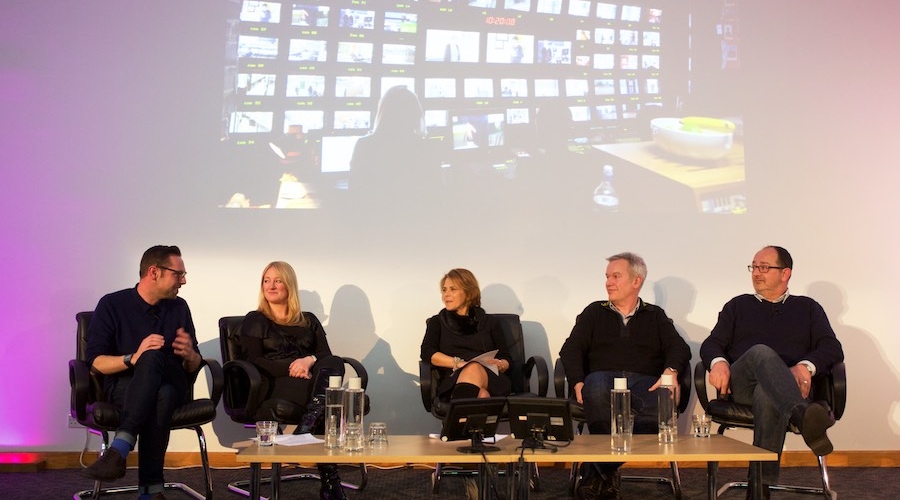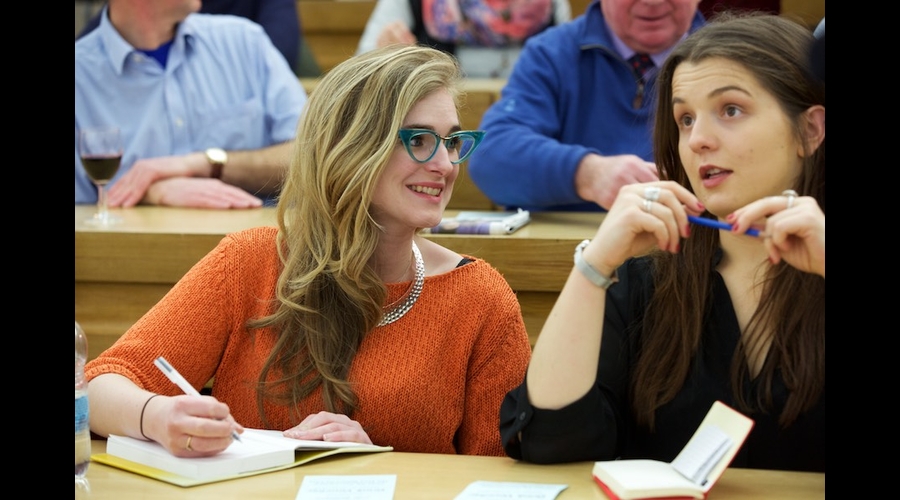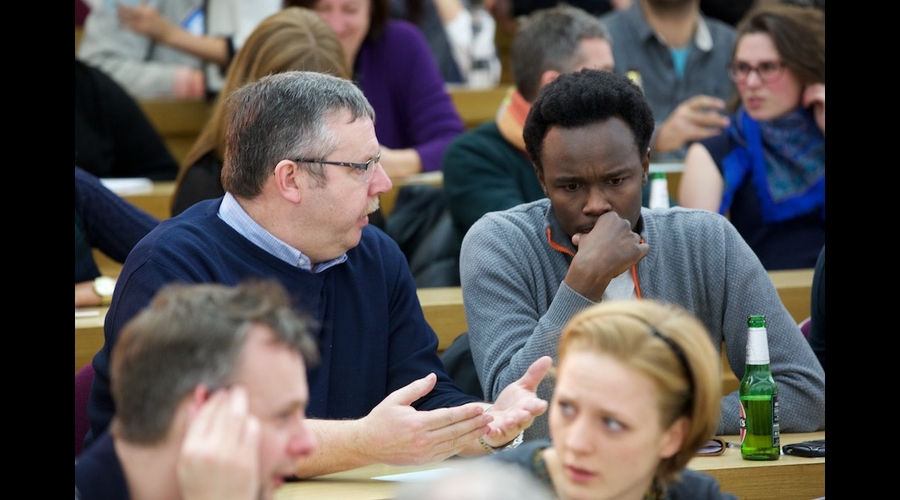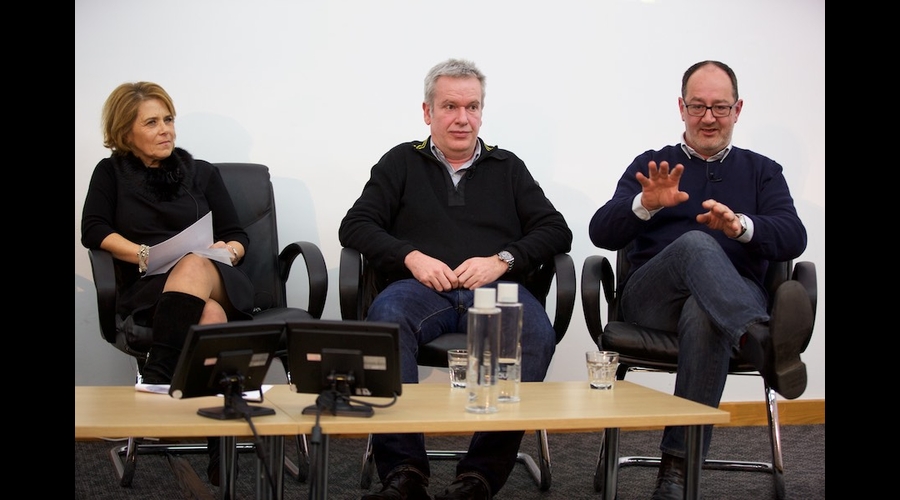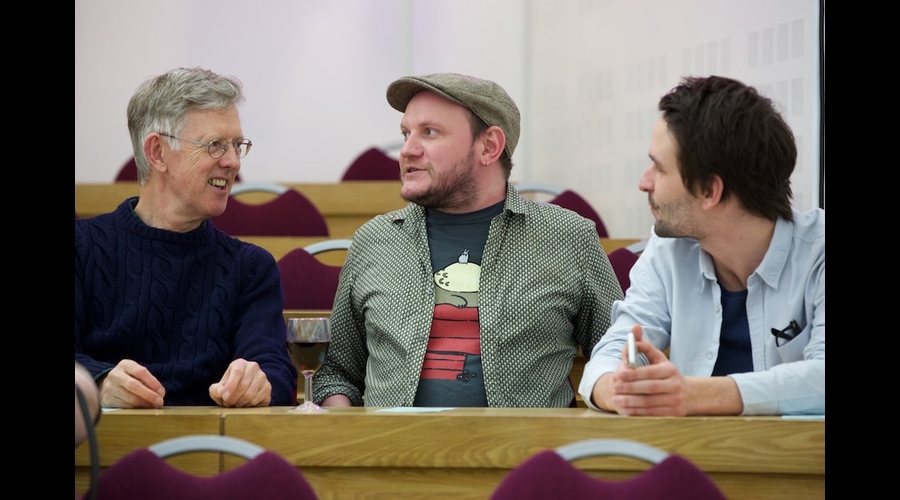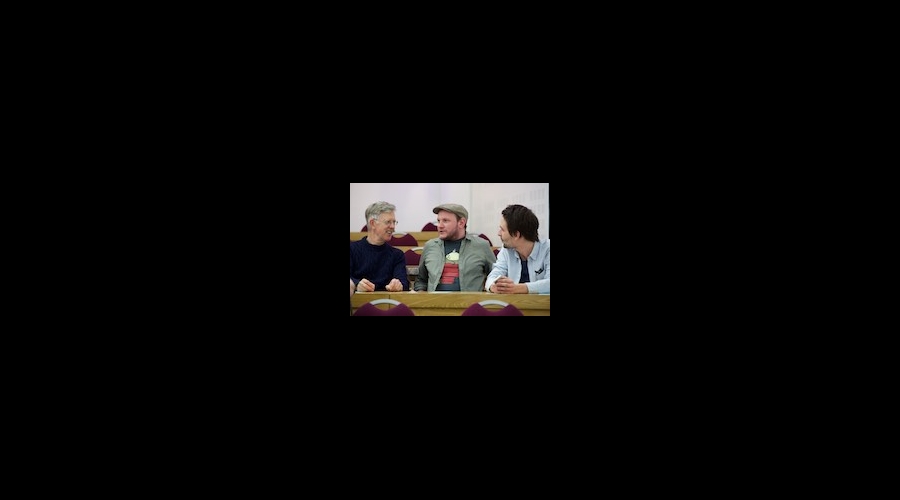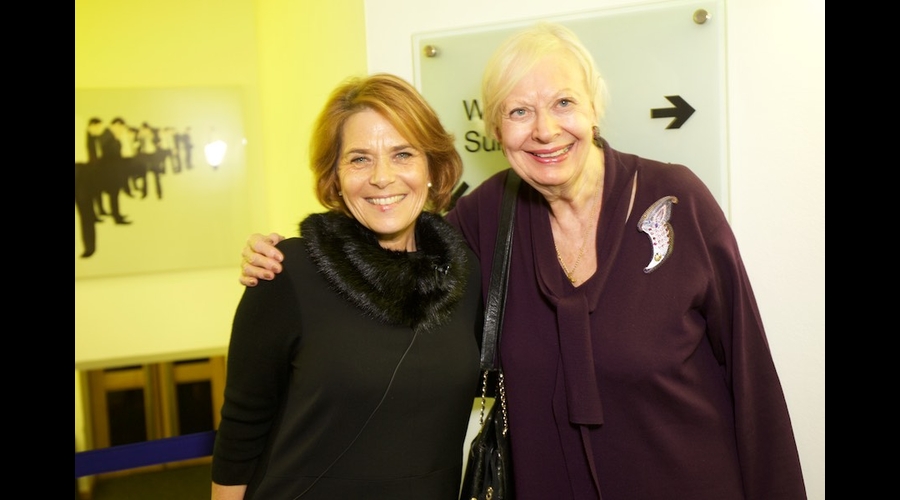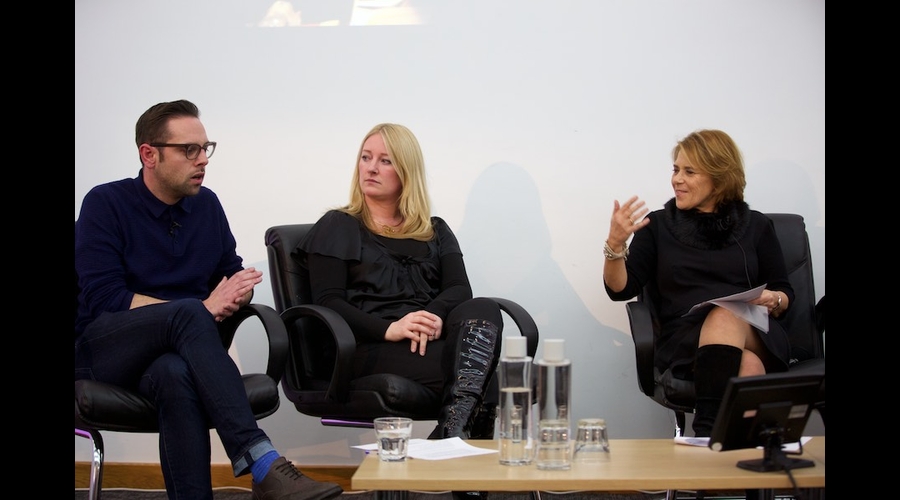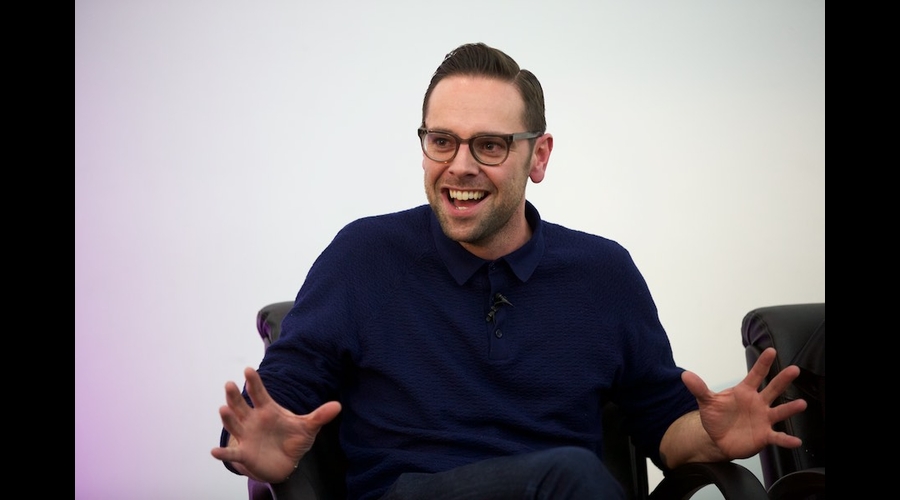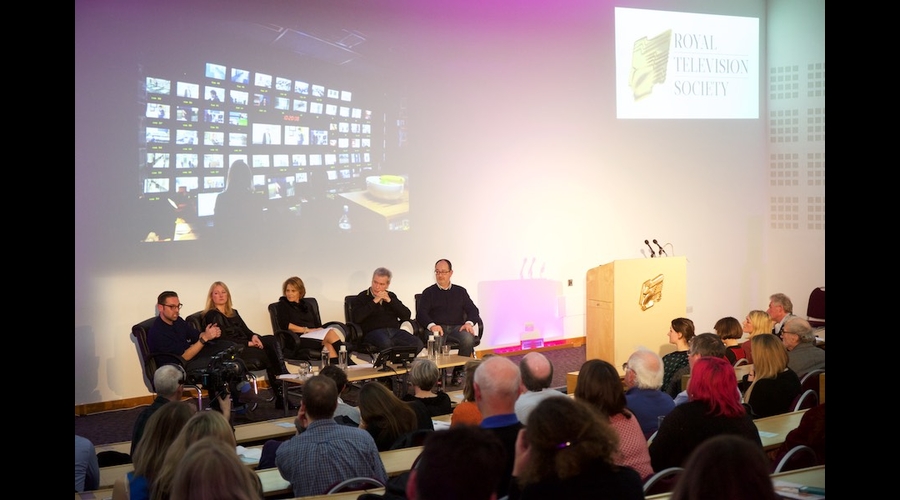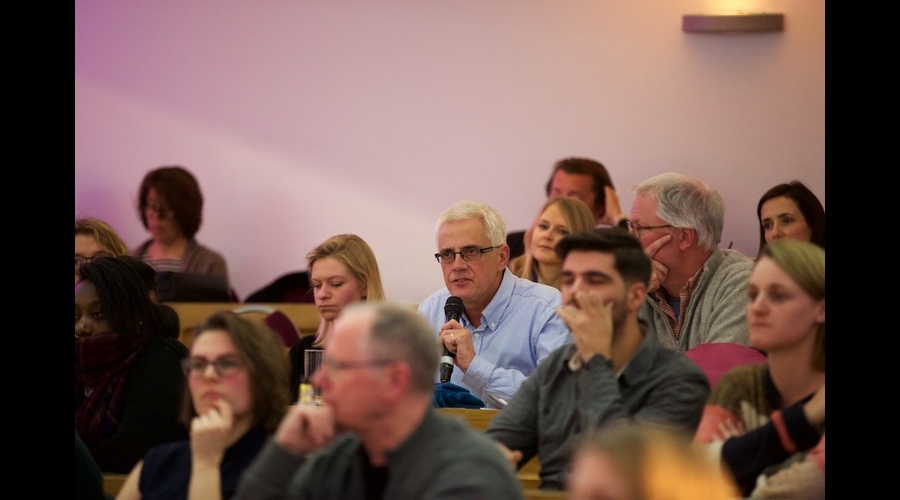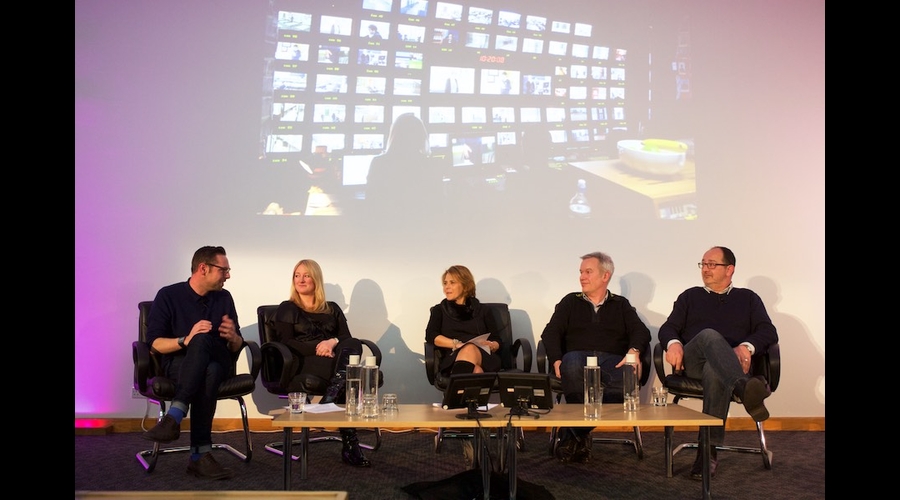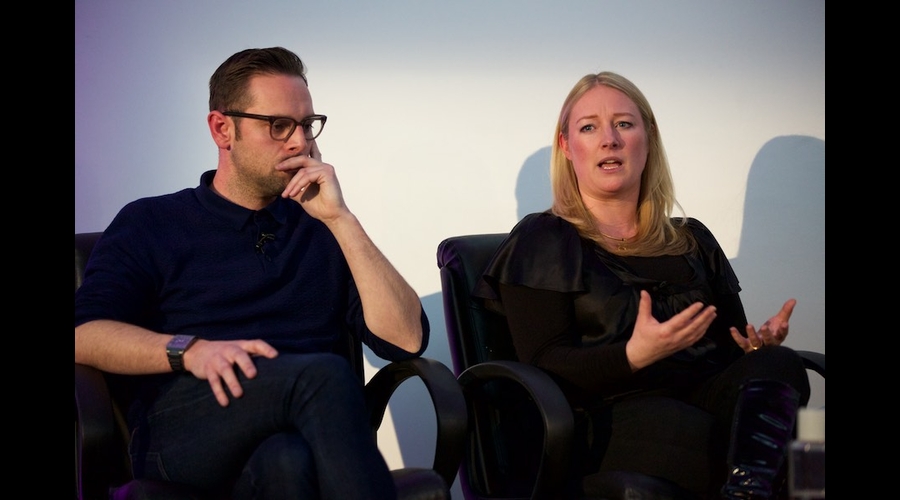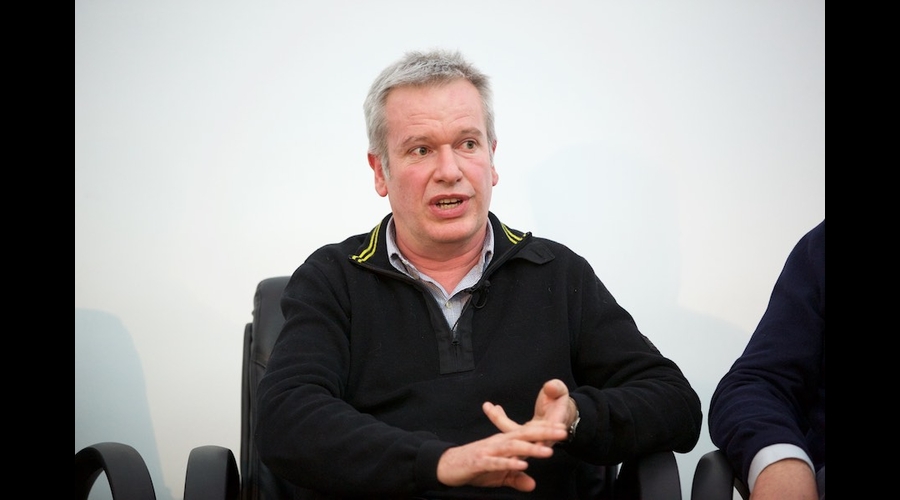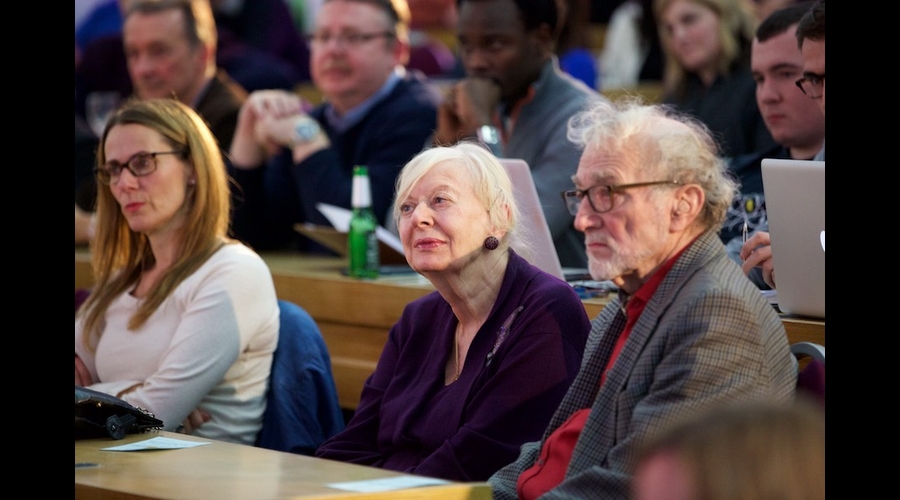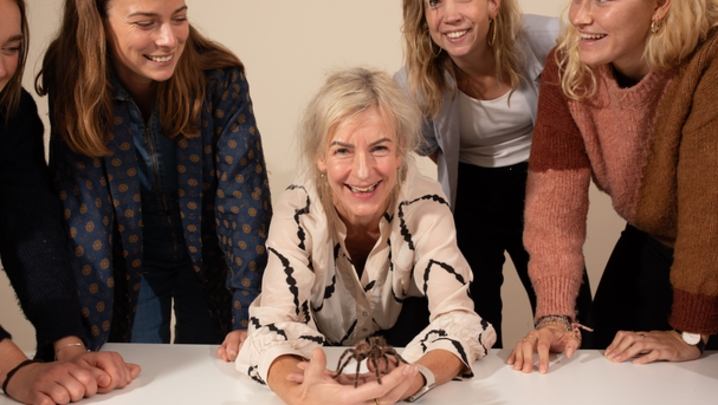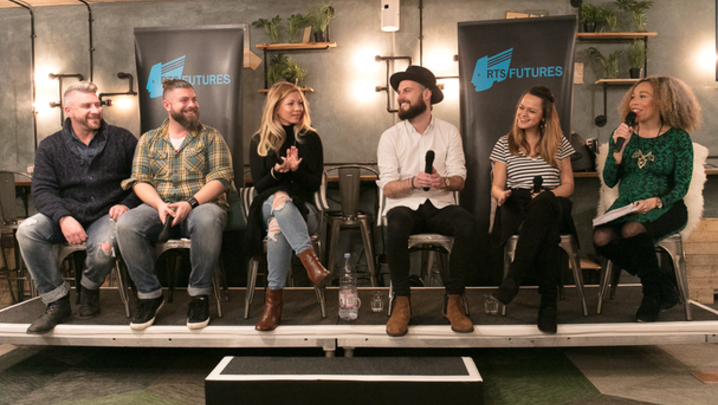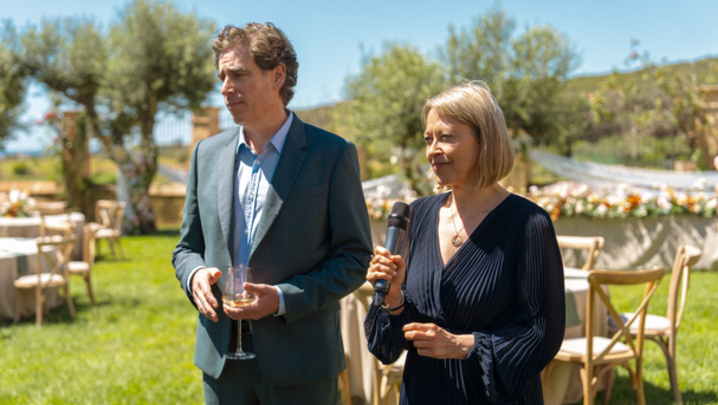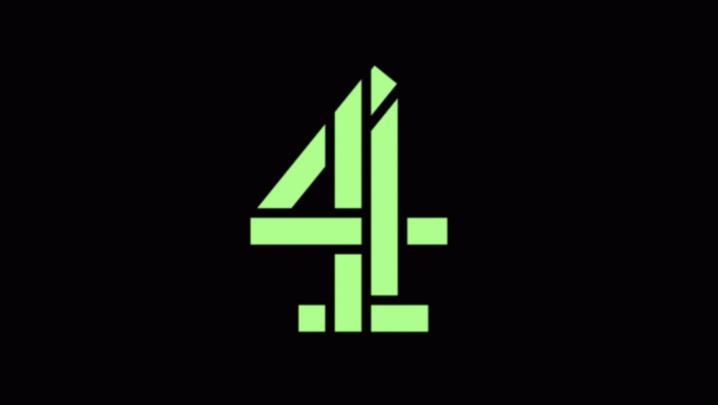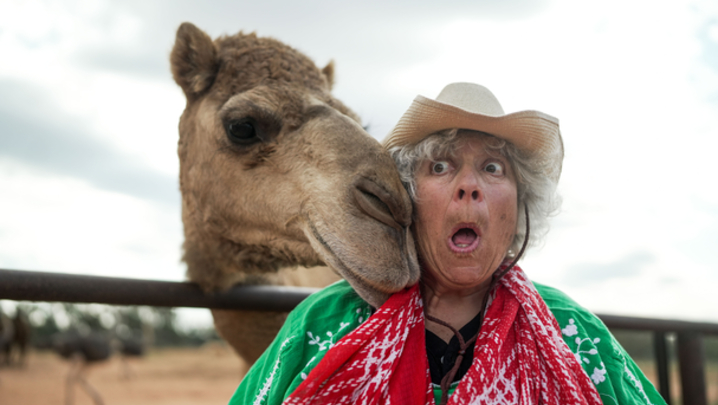Fixed-rig productions like One Born and 24 hours in A&E have revolutionised the way documentary makers think and work. This RTS Event lifted the lid on these new techniques.
Fixed-rig productions, with Channel 4 in the vanguard, have radically changed the way film-makers work. Old-school observational documentary directors carry only a couple of cameras to shoot their series; fixed-rig shows have up to 100 as they take viewers inside schools, hospitals and police stations.
"As a film-maker it's the most incredibly exciting place to be - you're completely liberated in terms of the stories you can tell," said David Brindley, who made Educating Yorkshire and is now responsible, as C4's Commissioning Editor, Documentaries, for series such as One Born Every Minute and 24 Hours in A&E.
Brindley was a member of the panel, interviewed by former BBC One Controller Lorraine Heggessey, at an RTS Early Evening Event that lifted the lid on fixed-rig productions.
Making a series is a huge undertaking. Up to 100 cameras have to be installed to provide the pictures for a fixed-rig show and connected, via cabling, to the gallery. "On 24 Hours in A&E we used nearly 18 km of cable to fit 92 working cameras," recalled Adam Berger, General Manager of outside broadcast outfit CTV. "It can take up to two weeks to get the cable into a hospital because if somebody's in resuscitation or a woman is giving birth in a delivery suite we have to wait. We do have to work around the environment we're in."
Video is recorded from just three cameras at any one time, chosen by a producer/director sat in the gallery. "We already have 6,000 hours' worth of material [from which to make] a series. To have more would be prohibitive - we're directing not just hoovering up images," said Sarah Swingler, who is executive producer of Dragonfly Film and Television's maternity hospital series One Born Every Minute, which has aired on C4 since 2010.
"The skill is using the rig to its full potential," said Brindley. "One of the common misconceptions about directing in a rig is that you walk in, press record and sit back. That's not the case at all.
"You need to work the gallery and the technology you've got to make sure that you're getting strong content. Like any other observational film-making, the content is king - it's all about delivering good stories and characters. No matter how many millions pounds of kit or how many cameras you've got, if you're not doing that you're not going to get a strong series," added Brindley.
Fixed rigs have also changed the nature of post-production. "Traditionally people would come to us with tapes - in this case that would be 6,000 hours of material that we'd have to ingest over 6,000 hours at a massive cost," said Owen Tyler, Operations Director at post-production company Evolutions.
"We now go straight to the location and capture it straight on to our servers," he continued.
"We're working closer with the production, which is fundamentally different for us."
Having filmed inside many of the UK's leading institutions, C4 is taking fixed-rig technology to Africa in The Tribe, which is due to air later this year. "We're trying to recreate the idea of the first series of The Family over here with a tribe in Ethiopia," said Brindley. "It doesn't have that sense of a big white film-maker following their every move. What we did was put cameras in their homestead for four weeks and let them get on with life."
Fixed-rig documentary: the story behind the lens was an RTS Early Evening Event held at the Cavendish Conference Centre in central London on the 20 January. The producers were Lucinda Hicks and Terry Marsh.

